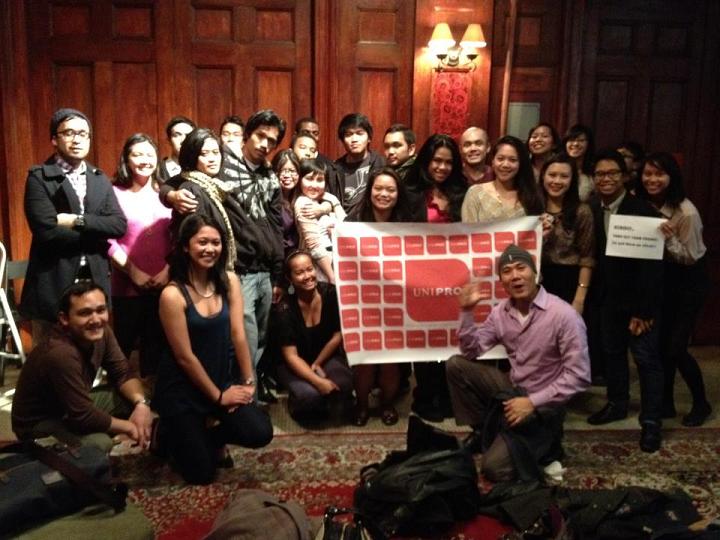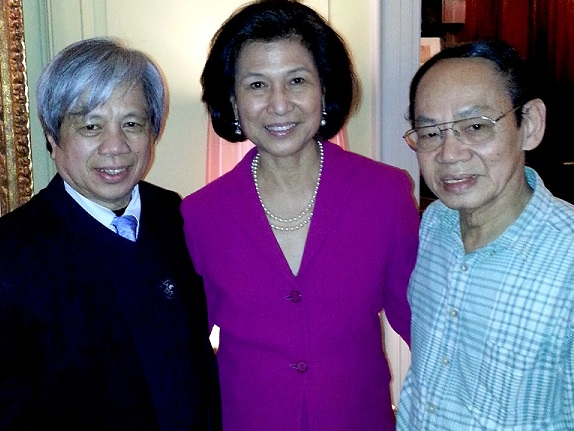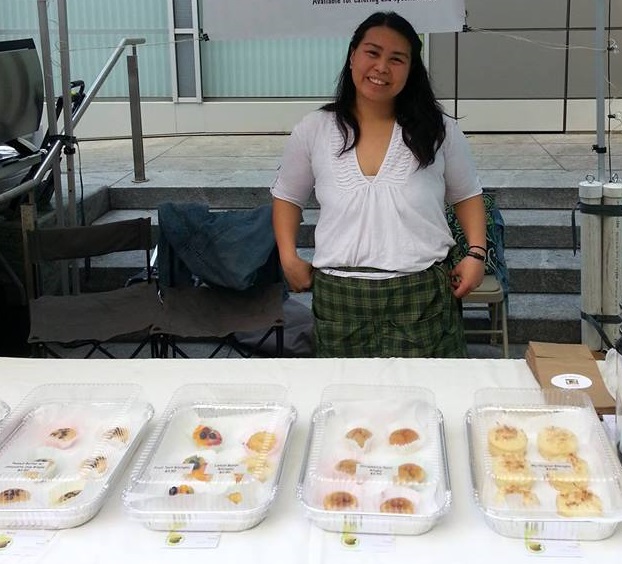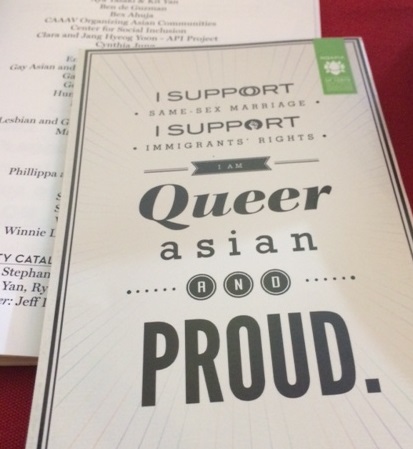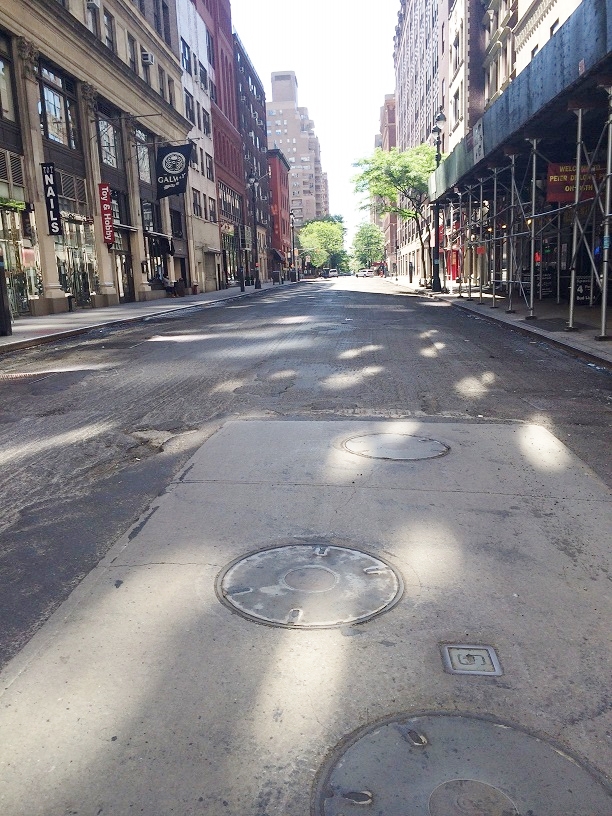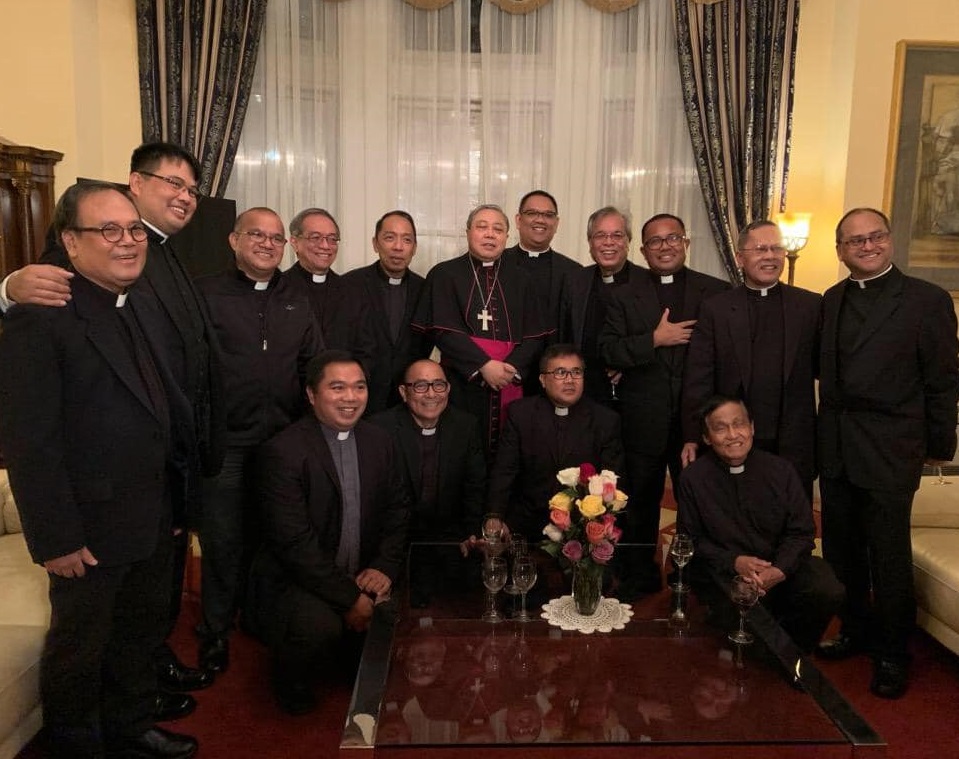‘Textile bill most important PH-U.S. trade initiative in half a century’
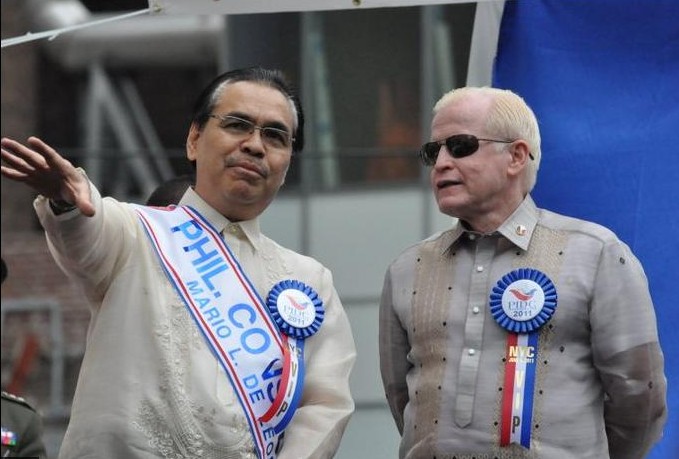
Amb. Cuisia (right) with Consul General Mario de Leon Jr. at Independence Day Parade. Photo by Elton Lugay
There is now a critical bill pending for action in the U.S. Congress that will create jobs and strengthen Philippine-U.S. relations. This legislation is called the SAVE Our Industries Act (S. 1244/H.R. 2387), and is the most important economic initiative involving the United States and the Philippines in a half century.
But for the SAVE Act to pass the U.S. Congress, we need your support.
The SAVE Act will create a new foundation upon which to expand commercial relationships and trade between the United States and the Philippines. Our trade relationship is one of balance and mutual benefit – and we can do more to build upon it. That is precisely the vision of the SAVE Act, and why we think it essential that the U.S. Congress pass it.
The SAVE Act recognizes a simple but important potential synergy between the economies of the Philippines and the United States. The United States still has an important textile fabric manufacturing sector, but no longer produces large quantities of finished garments, with most imported from China, Vietnam and other countries in Asia and Latin America. The Philippines, meanwhile, is very good at sewing finished garments but, unlike most other Asian garment producing countries, does not have a significant textile fabric sector. Thus, the Philippines must import fabrics from other countries to sew garments.
The proposition of the SAVE Act is very simply that if the Philippines imports U.S. fabrics – instead of fabrics from other countries in Asia – then makes them into garments, that these garments can enter the U.S. market duty-free. A second provision would allow a limited number of garment categories to enter the U.S. duty-free that have used fabrics from a third country when such fabrics are not made in the United States. This framework, often used in other U.S. trade programs, would promote both industries and job creation on both sides of the Pacific.
Most of us know someone who works or has worked in apparel manufacturing in the Philippines. It has been a strong industry for the Philippines and at one time employed almost 800,000 people. We are known globally for providing the highest quality needlework and competing to produce for quality brands such as Ann Taylor and Polo Ralph Lauren – companies that would like to remain producing in the Philippines and are also doing a lot to support the SAVE Act.
It has been unfortunate that, like the U.S. garment and textile industry, our garment manufacturers have increasingly faced formidable competition from other Asian producers. Our garment employment is now only 150,000 and our garment sales in the United States have fallen by 50 percent in the last five years.
The SAVE Act would reverse this trend.
By opening a new export market in the Philippines for U.S. textiles, the U.S. industry could see a rise in production to supply hundreds of millions of dollars of yarns and fabrics to the Philippines. The duty reduction will provide a competitive incentive to return production of garments to the Philippines, bringing back the capacity and tens of thousands of jobs that have been lost.
U.S. consumers would also been given an opportunity to buy products made with U.S. fabrics in the Philippines – and at better prices!
To make your voices heard, please visit saveourindustriesact.org. Here you will find further informational material and links to allow you to easily write to members of Congress and senators to seek their co-sponsorship of the SAVE Act, and also how to request meetings with them for the same purpose. An opportune time to meet with legislators is while Congress is in recess through the Labor Day Holiday on September 5th.
Businessman Jose Cuisia Jr. was named ambassador to Washington D.C. in 2010, with jurisdiction over the U.S. Virgin Islands, Grenada and the Commonwealth of Puerto Rico.

